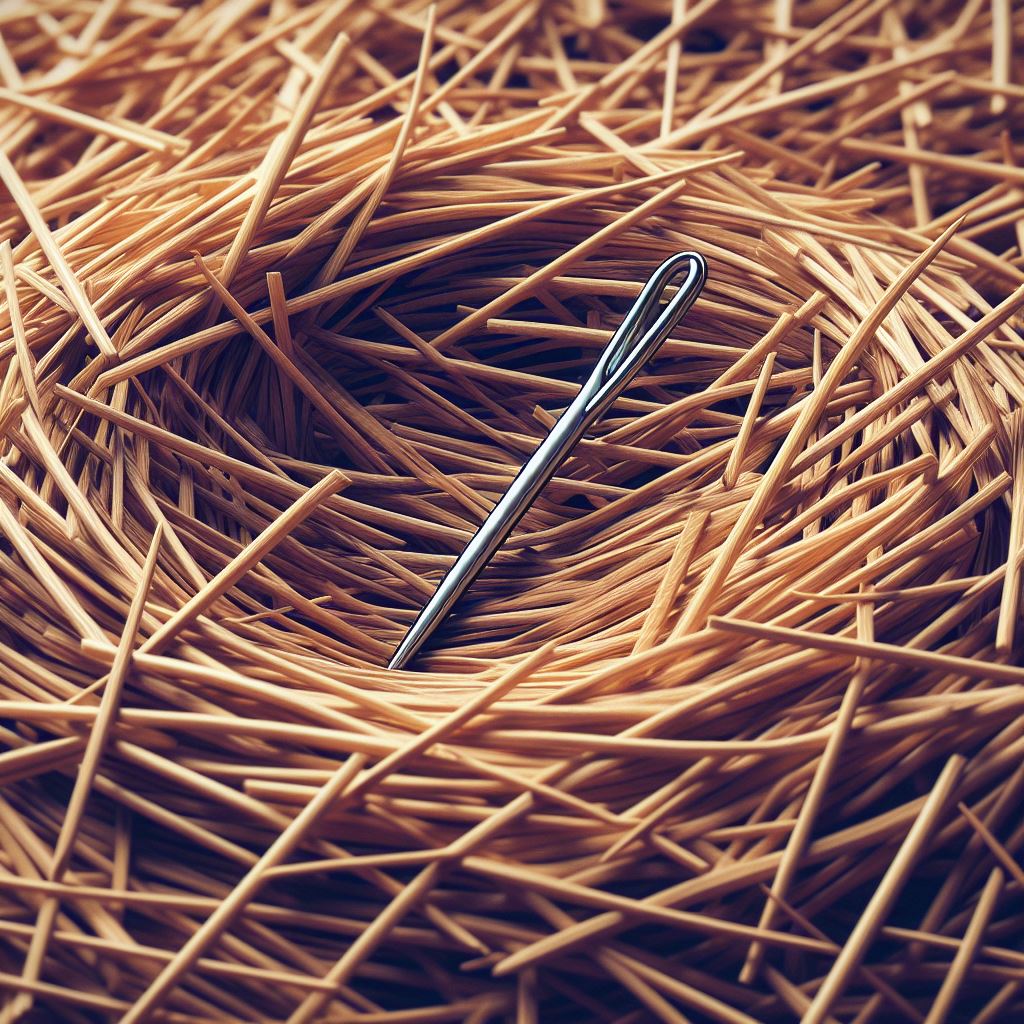Uncovering Critical Prior Art

Finding Your Nemesis: Uncovering Critical Prior Art that Could Destroy Your Patent Dreams
When Alexander Graham Bell patented the telephone in 1876, he likely feared the telegraph and related voice transmission patents could undermine his claim to originality. But knowing these threatening technologies enabled Bell to distinguish his elegant electromagnetic voice receiver design. Like Bell, all inventors should ask: what prior art could potentially sink my patent application?
Under 35 U.S.C. 102, a single qualifying prior art reference can spell disaster, spoiling novelty and serving as grounds for rejection. With over 11 million issued U.S. patents and decades of technology advancement, highly relevant references likely exist. The key is finding your invention’s nemesis before the Patent Office does.
According to patent search experts at Global Patent Solutions LLC (GPS), leave no stone unturned by looking for:
- Pre-dating patents with overlapping claims or specifications
- Similar products for sale or displayed at trade shows
- Academic publications and journals describing comparable developments
- Online sources and discussion forums referencing related concepts
- Competitive products and prototypes which may reveal insights through reverse engineering
By uncovering that needle-in-a-haystack prior art reference early, you can strategize workarounds to distinguish your invention or adjust claims to steer clear of the landmines. Relying on the Patent Office’s search alone is asking for trouble.
Don’t let your application get ambushed by surprise prior art attacks. Be sure to conduct exhaustive searches, utilizing both free and paid databases to uncover any potential patent-spoiling references. Because when it comes to your invention’s downfall, what you don’t know can most certainly hurt you.
This article is part of a series entitled “A Guide to Protecting Your Innovations”. To start the series at the beginning, click here.
Next up in our series, we answer the question: “How can we distinguish our invention from the closest prior art?”
